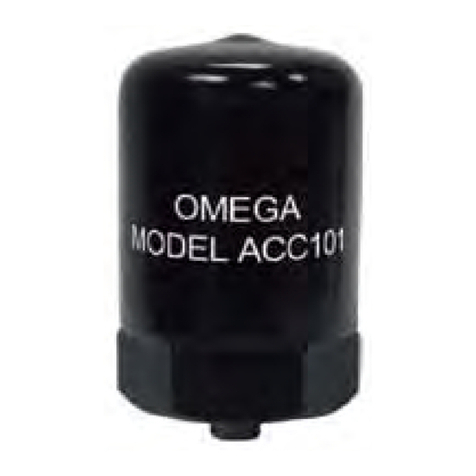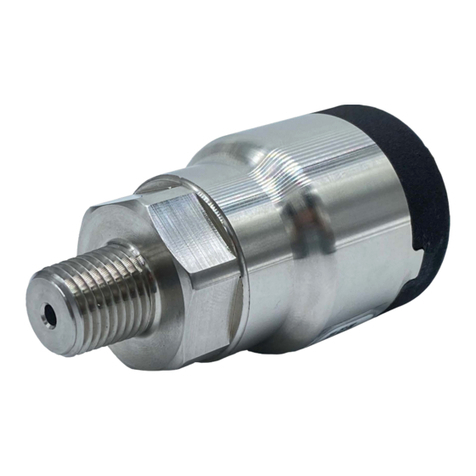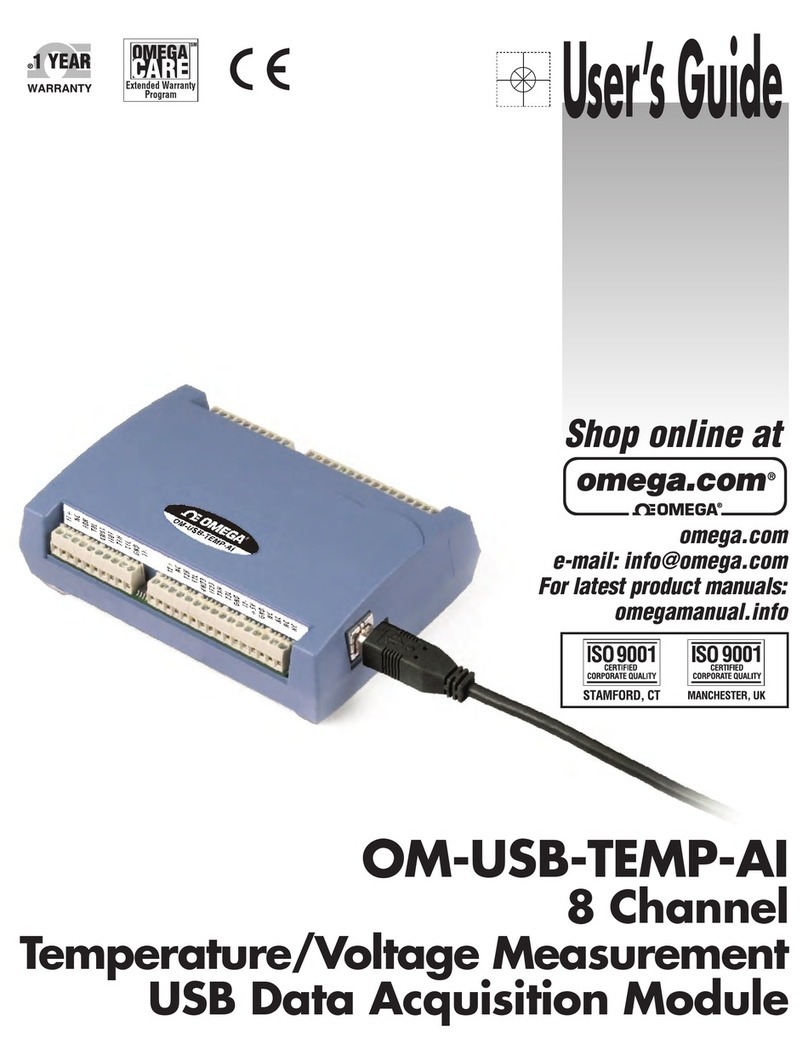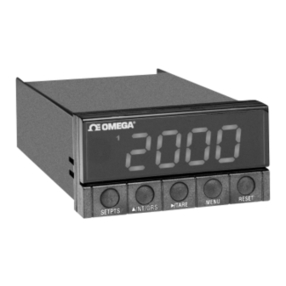Omega HHP-SG User manual
Other Omega Measuring Instrument manuals
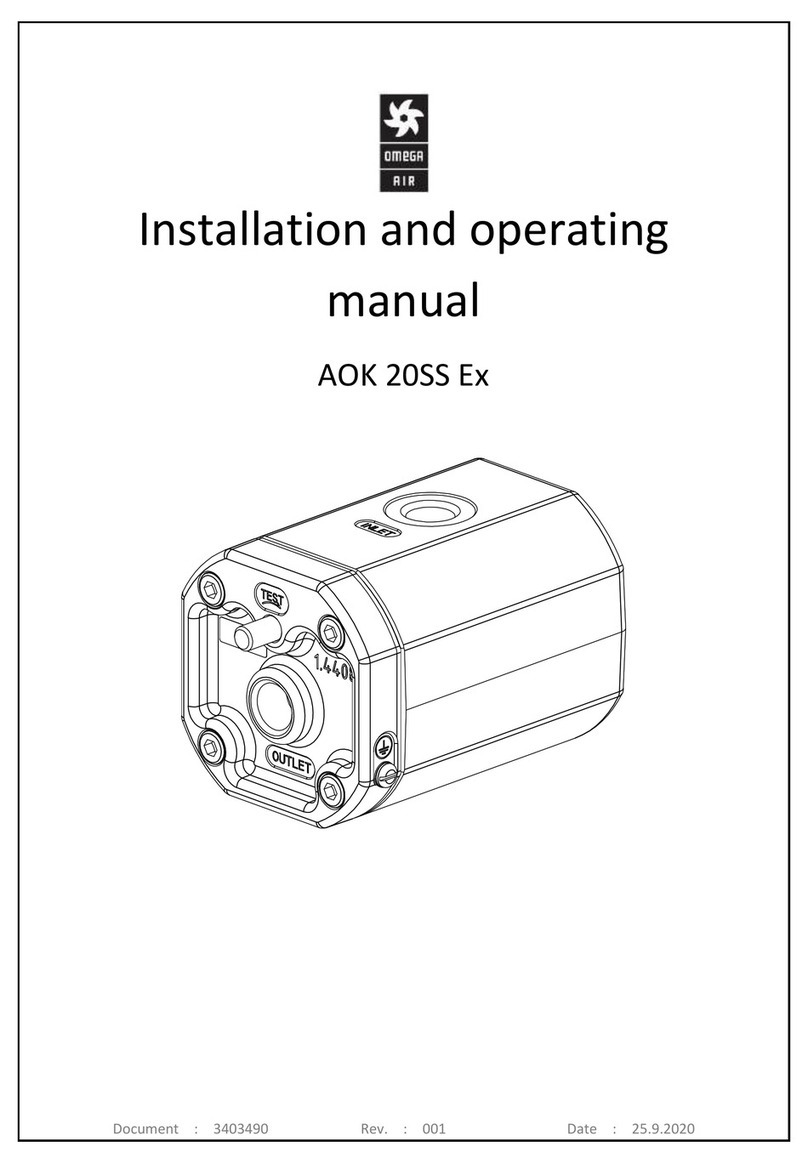
Omega
Omega AOK 20SS Ex User manual

Omega
Omega CDH-721 User manual
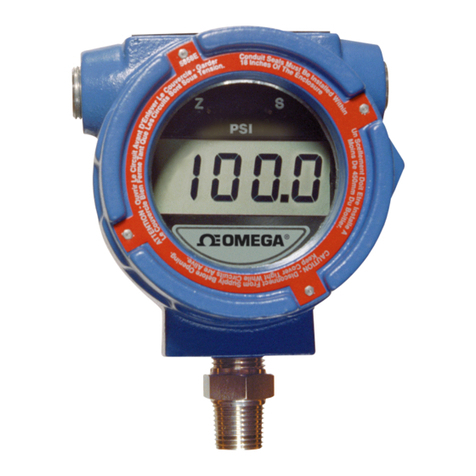
Omega
Omega PRESSURE GAUGES DPG3000 User manual
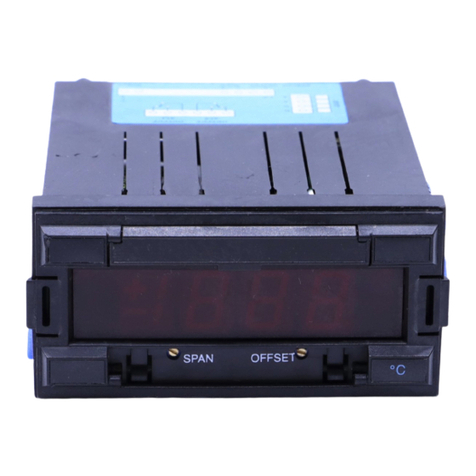
Omega
Omega APH2 User manual

Omega
Omega DPG1000AD User manual

Omega
Omega DPG1001AD User manual

Omega
Omega HHM-MA640 User manual

Omega
Omega RD2800 Series User manual
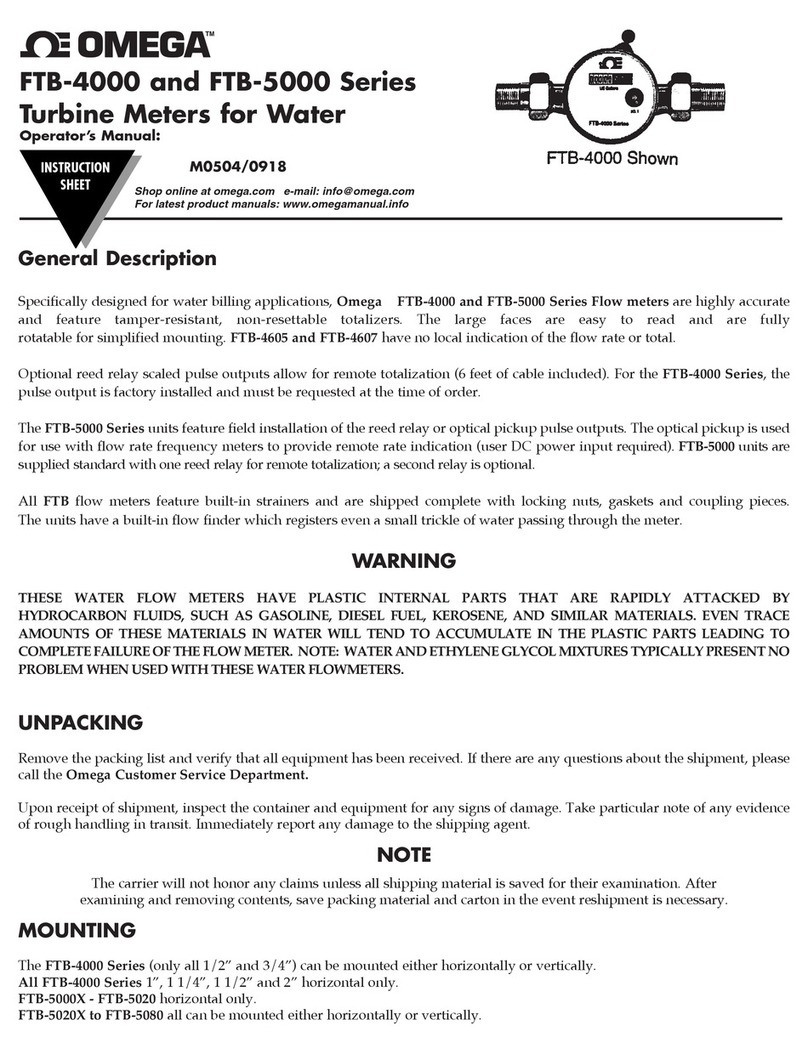
Omega
Omega FTB-4000 Series User manual
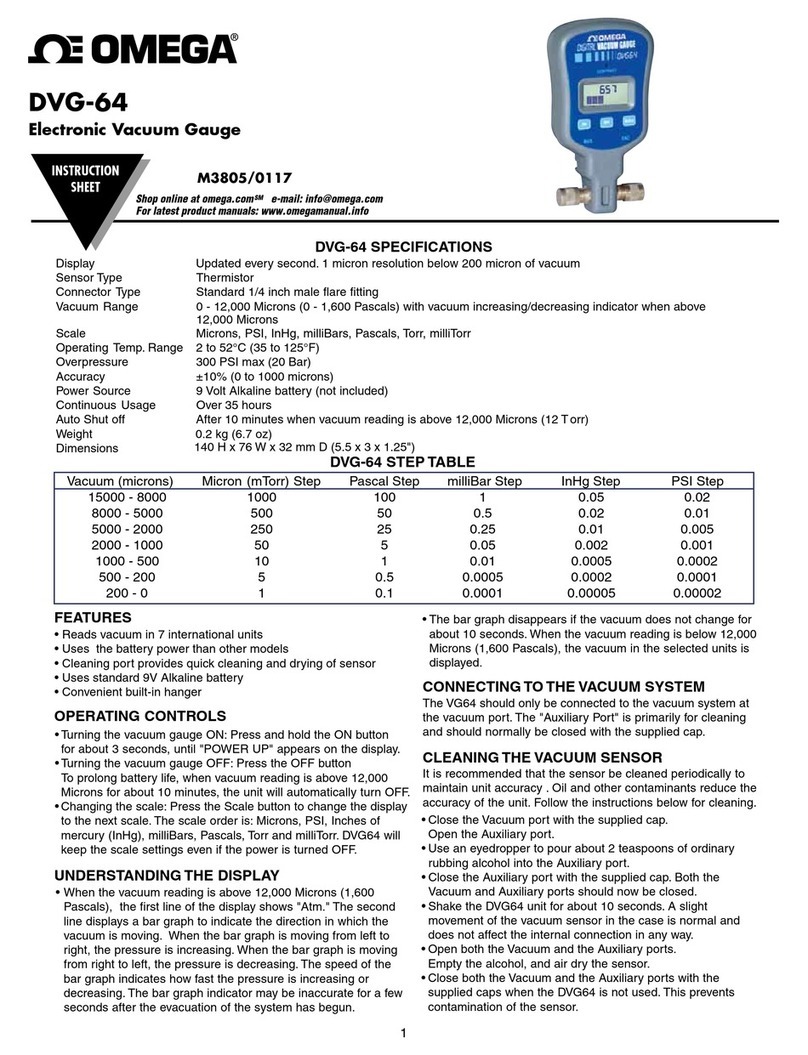
Omega
Omega DVG-64 User manual
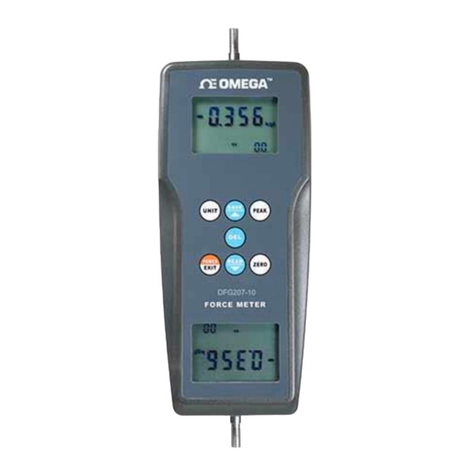
Omega
Omega DFG207 User manual
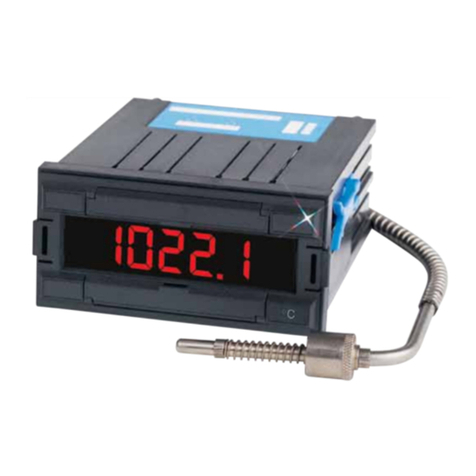
Omega
Omega DP18-RV1 User manual

Omega
Omega FTB500 Series User manual

Omega
Omega DPF700 User manual
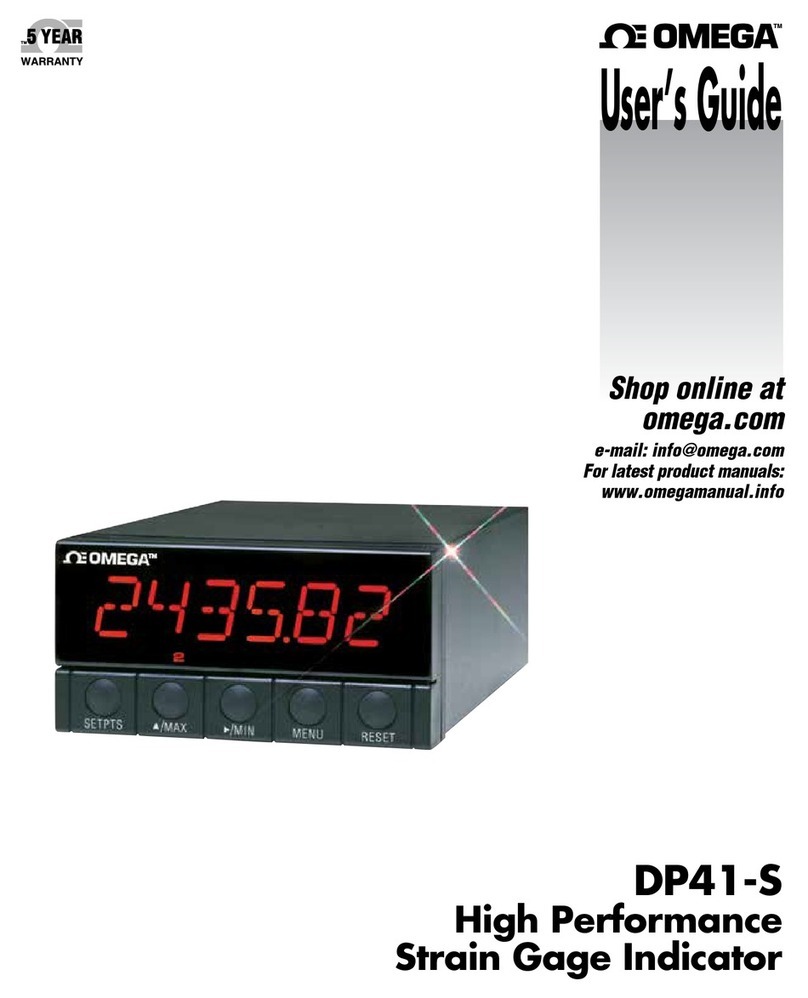
Omega
Omega DP461-S User manual

Omega
Omega DPG1000ADA-30V100 User manual
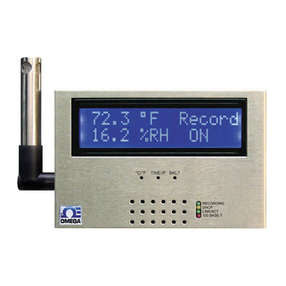
Omega
Omega iSD-TH User manual
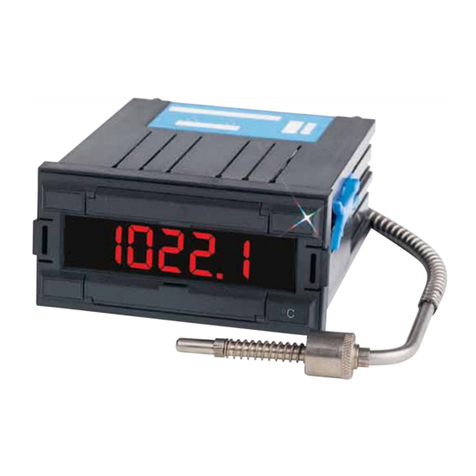
Omega
Omega DP18 series User manual

Omega
Omega DP41-B Series User manual
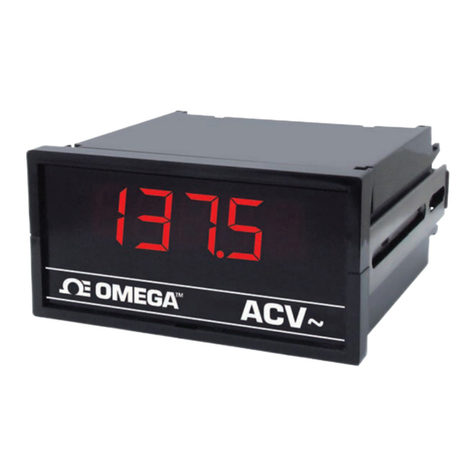
Omega
Omega DP301AN User manual
Popular Measuring Instrument manuals by other brands

Powerfix Profi
Powerfix Profi 278296 Operation and safety notes

Test Equipment Depot
Test Equipment Depot GVT-427B user manual

Fieldpiece
Fieldpiece ACH Operator's manual

FLYSURFER
FLYSURFER VIRON3 user manual

GMW
GMW TG uni 1 operating manual

Downeaster
Downeaster Wind & Weather Medallion Series instruction manual

Hanna Instruments
Hanna Instruments HI96725C instruction manual

Nokeval
Nokeval KMR260 quick guide

HOKUYO AUTOMATIC
HOKUYO AUTOMATIC UBG-05LN instruction manual

Fluke
Fluke 96000 Series Operator's manual

Test Products International
Test Products International SP565 user manual

General Sleep
General Sleep Zmachine Insight+ DT-200 Service manual
